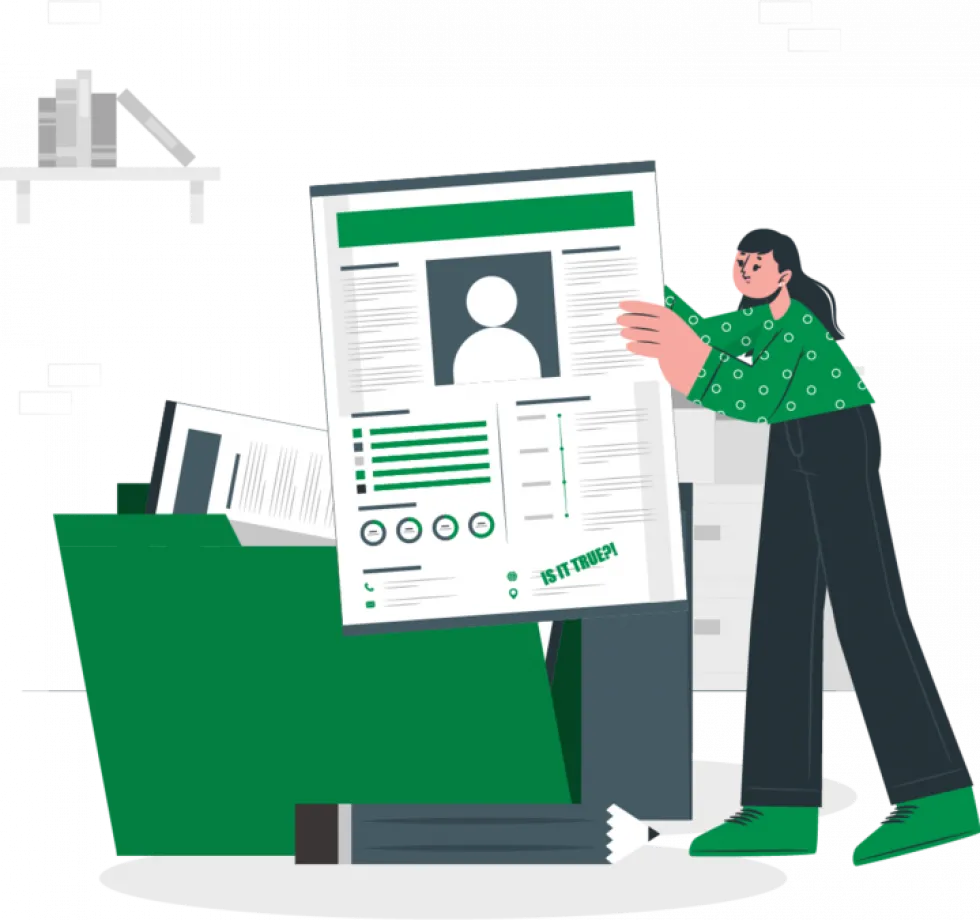By: Vivek J
July 19 2023

Imagine this, you are reading news about the protests that have broken out in France. You have seen videos of violence, arson, and rioting on social media, and given the news background, you believe everything that you have seen online. You share it with your friends and family without looking into the veracity of these videos.
But a lot of these visuals are either old or unrelated. It could leave you confused because the news was true, right? In a situation like this, it has become routine to share unrelated visuals to further misleading narratives. So, what should you do?
The answer is simple: Let's think critically. And asking these basic questions can be helpful.
These three simple steps can help you sift fact from fiction, but if you want to dig deeper, read along.
1. Check the URL of the website and make sure it is that of a genuine news website. Plenty of fake websites are masquerading as real using the logo and similar website designs of reputed media organizations. This one for example: 'abcnews.com.co.' The real one is actually 'abcnews.go.com.'
2. Look out for the ‘about us’ page of the website. Certain websites mention that the content they have published is ‘satirical’ or ‘fictional. However this doesn’t stop conspiracy theorists and fake news peddlers from sharing it.
Clickhole's disclaimer on the information on this website
3. If nothing works out then Google the headline and check if others have reported on the incident.
With plenty of tools and apps available to edit images and manipulated videos, distinguishing real from fake is difficult. However, there are some ways in which we can visually identify fake images.
So, there will be misinformation that would require advanced fact-checking techniques and tools, but thinking critically and applying some of these methods might help you. Logically Facts is monitoring social media platforms and content spreading mis-disinformation. Read our latest fact-checks here.